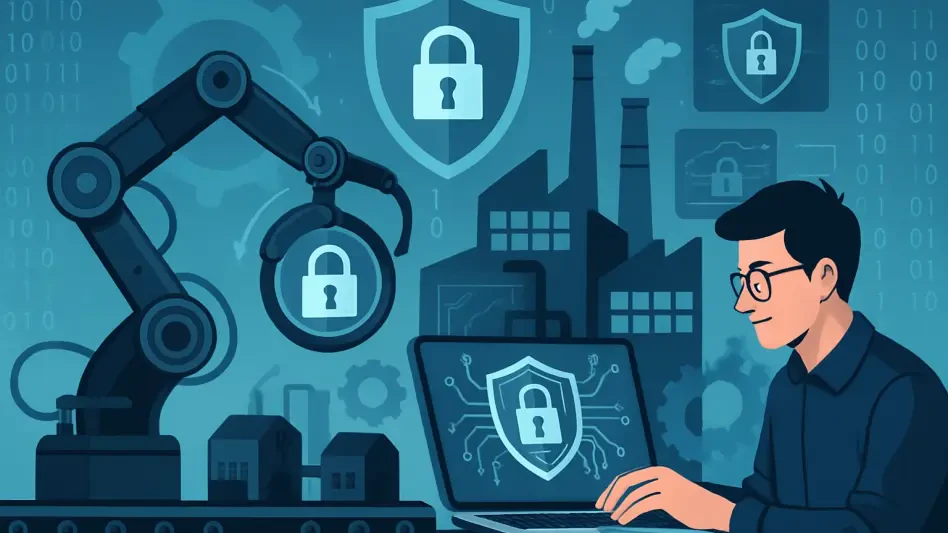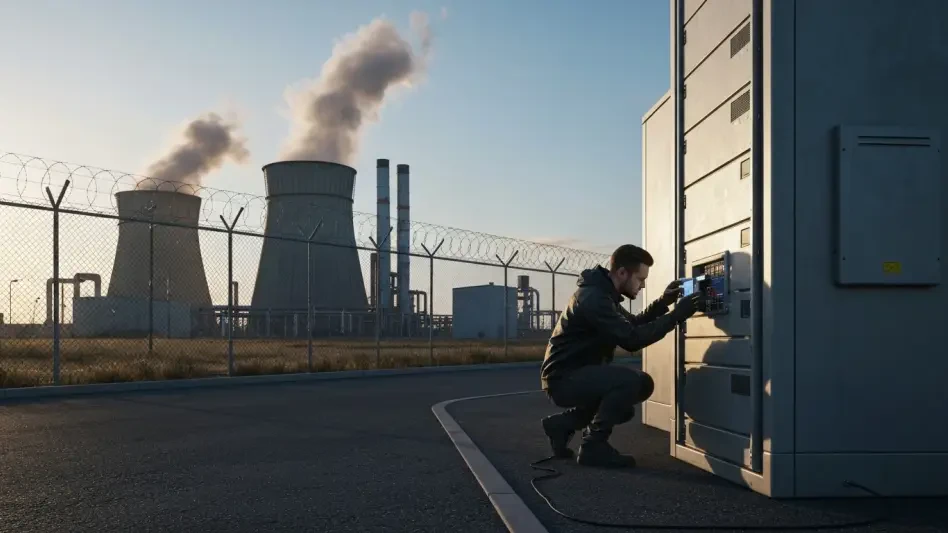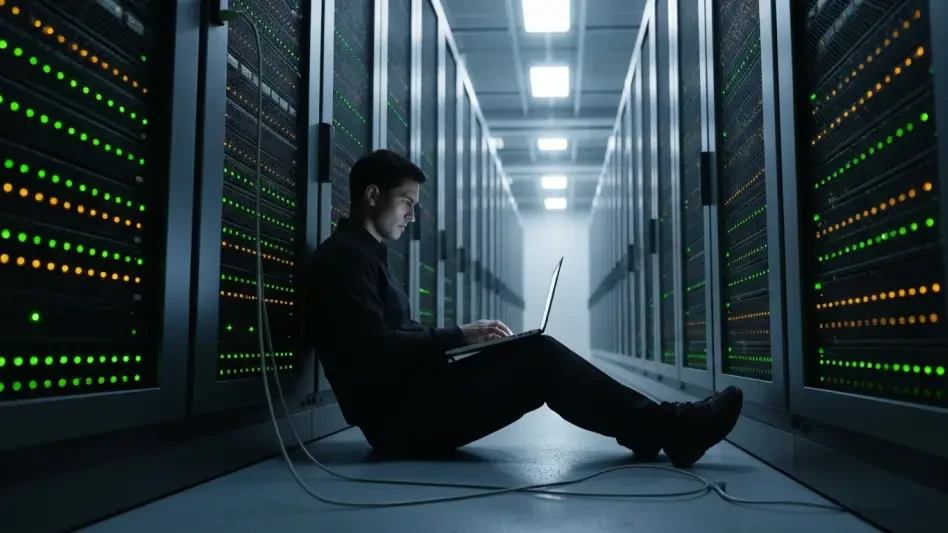What happens when a cyberattack cripples an entire manufacturing plant, stopping production lines and costing millions in just a few hours? This stark reality is no longer a distant threat but a pressing concern for industries worldwide, as digital connectivity powers industrial operations and the stakes for cybersecurity have never been higher. Mitsubishi Electric, a global leader in industrial technology, has taken a bold step to address this challenge, positioning itself at the forefront of securing critical infrastructure and manufacturing systems against ever-evolving cyber threats.
The Urgency of Protecting Industrial Systems
The industrial sector stands as a prime target for cybercriminals, with operational technology (OT) systems increasingly exposed to sophisticated attacks. The rapid integration of Internet of Things (IoT) devices and digital transformation initiatives has expanded the attack surface, leaving factories and infrastructure vulnerable. Recent studies reveal a staggering 50% increase in cyberattacks on industrial control systems over the past two years, underscoring the critical need for robust defenses in this domain.
This vulnerability extends beyond financial loss, often threatening public safety when critical systems like power grids or water treatment plants are compromised. As industries embrace automation and connectivity to boost efficiency, the risk of breaches grows exponentially. The convergence of IT and OT environments has blurred traditional security boundaries, demanding innovative solutions tailored to industrial needs.
Mitsubishi Electric’s Game-Changing Acquisition
In a strategic move to tackle these mounting challenges, Mitsubishi Electric has acquired Nozomi Networks, a renowned leader in OT and IoT security. This acquisition merges Nozomi’s cutting-edge, AI-driven cybersecurity platform with Mitsubishi Electric’s deep-rooted expertise in industrial operations, spanning over a century. The goal is clear: to develop a comprehensive “One-Stop OT Security Solution” that safeguards equipment and systems while enabling seamless digital transformation.
The partnership focuses on operational resilience, leveraging artificial intelligence and data analytics to enhance both security and efficiency. For instance, in a manufacturing setting, this could mean real-time threat detection that prevents downtime, or in infrastructure, predictive maintenance that averts catastrophic failures. This integration aims to address real-world threats with precision, ensuring industries can operate without fear of disruption.
Leadership Vision Driving the Collaboration
Insights from key figures at both companies highlight the transformative potential of this alliance. Satoshi Takeda, Senior Vice President at Mitsubishi Electric, emphasized the synergy of combining industrial know-how with advanced cybersecurity, stating, “This partnership marks a new era in protecting critical systems while accelerating innovation.” Such optimism reflects a shared commitment to redefining industry standards.
Edgard Capdevielle, CEO of Nozomi Networks, echoed this sentiment, noting, “Together, there’s an opportunity to create solutions that not only secure but also optimize industrial environments.” Industry analyst Jonathon Gordon from Takepoint Research added that this acquisition sets a significant valuation benchmark for the sector, signaling a shift toward greater investment in cybersecurity. These voices collectively paint a picture of confidence and ambition fueling the collaboration.
Real-World Benefits for Industrial Security
The practical implications of this partnership are substantial for businesses navigating the complexities of cybersecurity. By integrating Nozomi’s scalable, AI-powered platform with Mitsubishi Electric’s global resources, tailored solutions are being crafted to meet diverse industry needs. This means factories can detect anomalies in seconds, while infrastructure operators gain tools to anticipate threats before they materialize.
A key aspect of the strategy involves maintaining Nozomi’s independent structure as a subsidiary, ensuring continuity for existing customers and partners. This preserves trust and agility, allowing seamless service delivery. Furthermore, the focus on predictive analytics shifts the approach from reactive to proactive, enabling industries to stay ahead of potential risks with data-driven insights.
Strengthening Defenses Through Innovation
Beyond immediate security enhancements, the collaboration prioritizes long-term innovation in industrial cybersecurity. The use of AI to analyze vast amounts of OT and IoT data offers a glimpse into a future where threats are not just mitigated but anticipated with remarkable accuracy. This forward-thinking approach could redefine how industries balance digital growth with robust protection.
The combined expertise also opens doors to addressing niche challenges across sectors, from automotive production to energy grids. Customized solutions are expected to emerge, tackling specific vulnerabilities unique to each field. This adaptability ensures that as cyber threats evolve, so too will the defenses, keeping industrial operations secure in an increasingly connected world.
Reflecting on a Milestone for Industry Safety
Looking back, the alliance between Mitsubishi Electric and Nozomi Networks stood as a pivotal moment in the fight against industrial cyber threats. It marked a significant stride toward integrating advanced technology with deep operational knowledge, setting a precedent for how industries could safeguard their future. The commitment to innovation and resilience became a cornerstone of this partnership’s legacy.
As industries continued to evolve, the emphasis shifted toward building on this foundation with proactive measures. Stakeholders were encouraged to invest in scalable cybersecurity frameworks and foster collaborations that prioritized both protection and efficiency. The path forward demanded ongoing vigilance and adaptation, ensuring that critical systems remained shielded against the unpredictable nature of digital risks.








